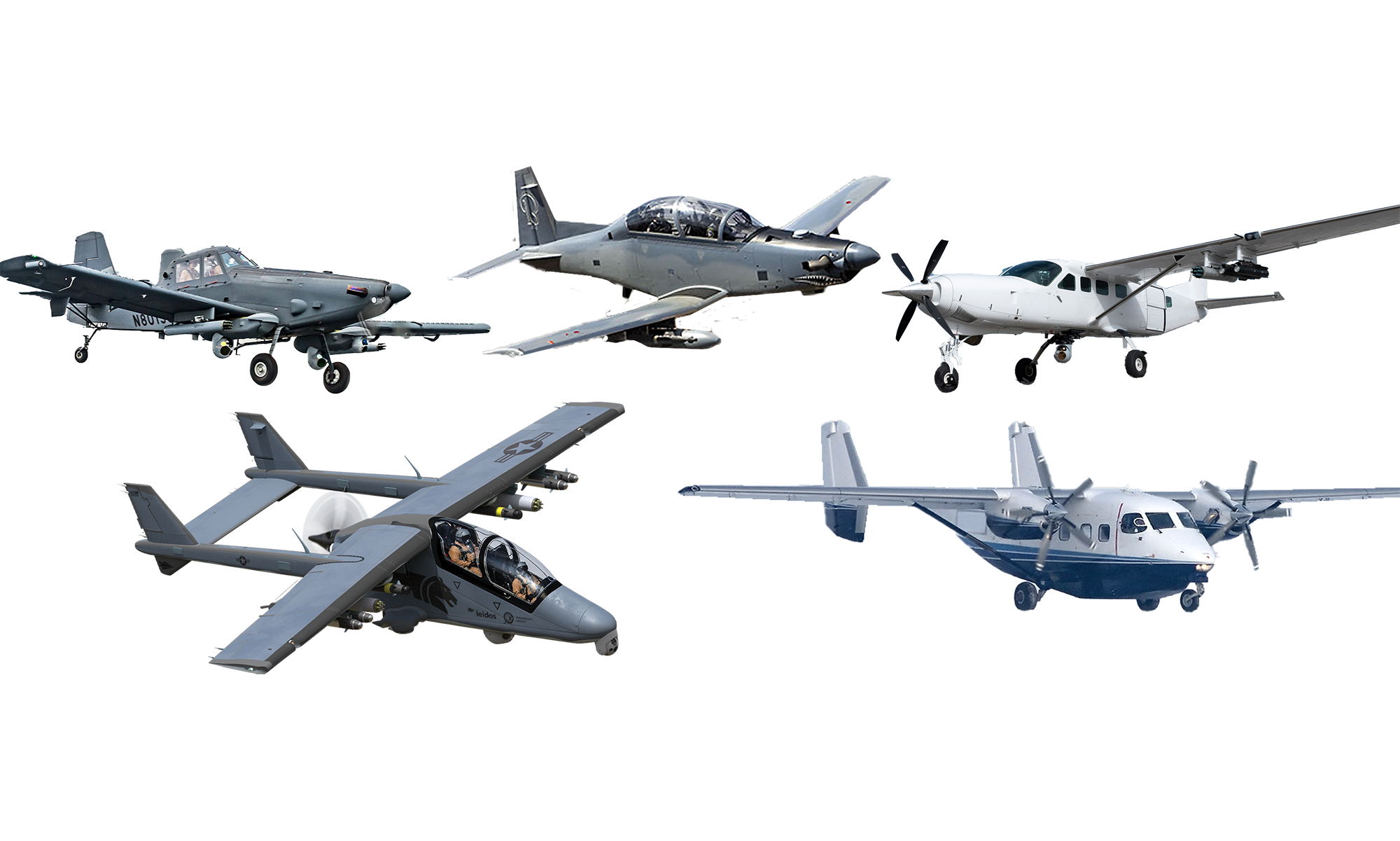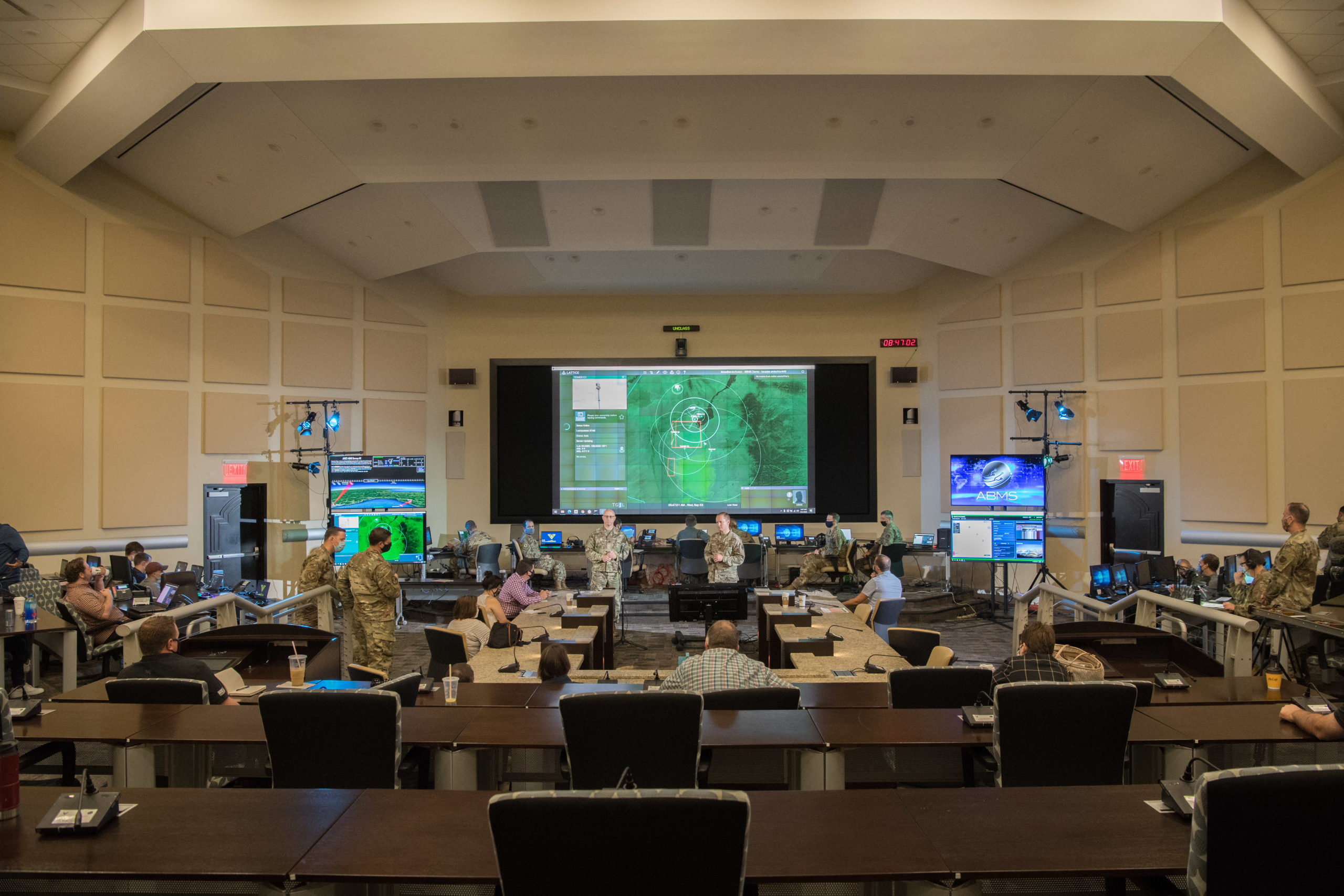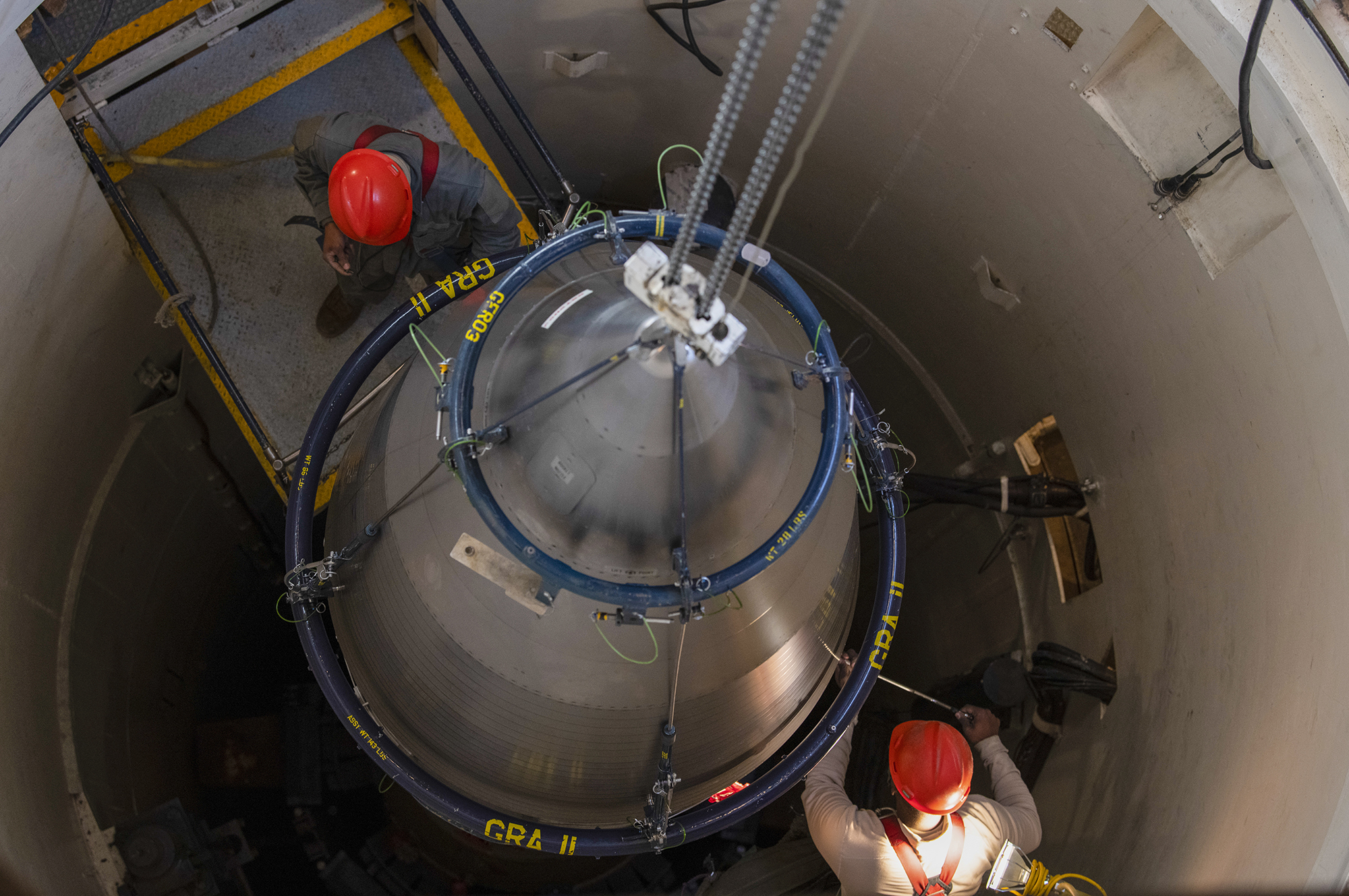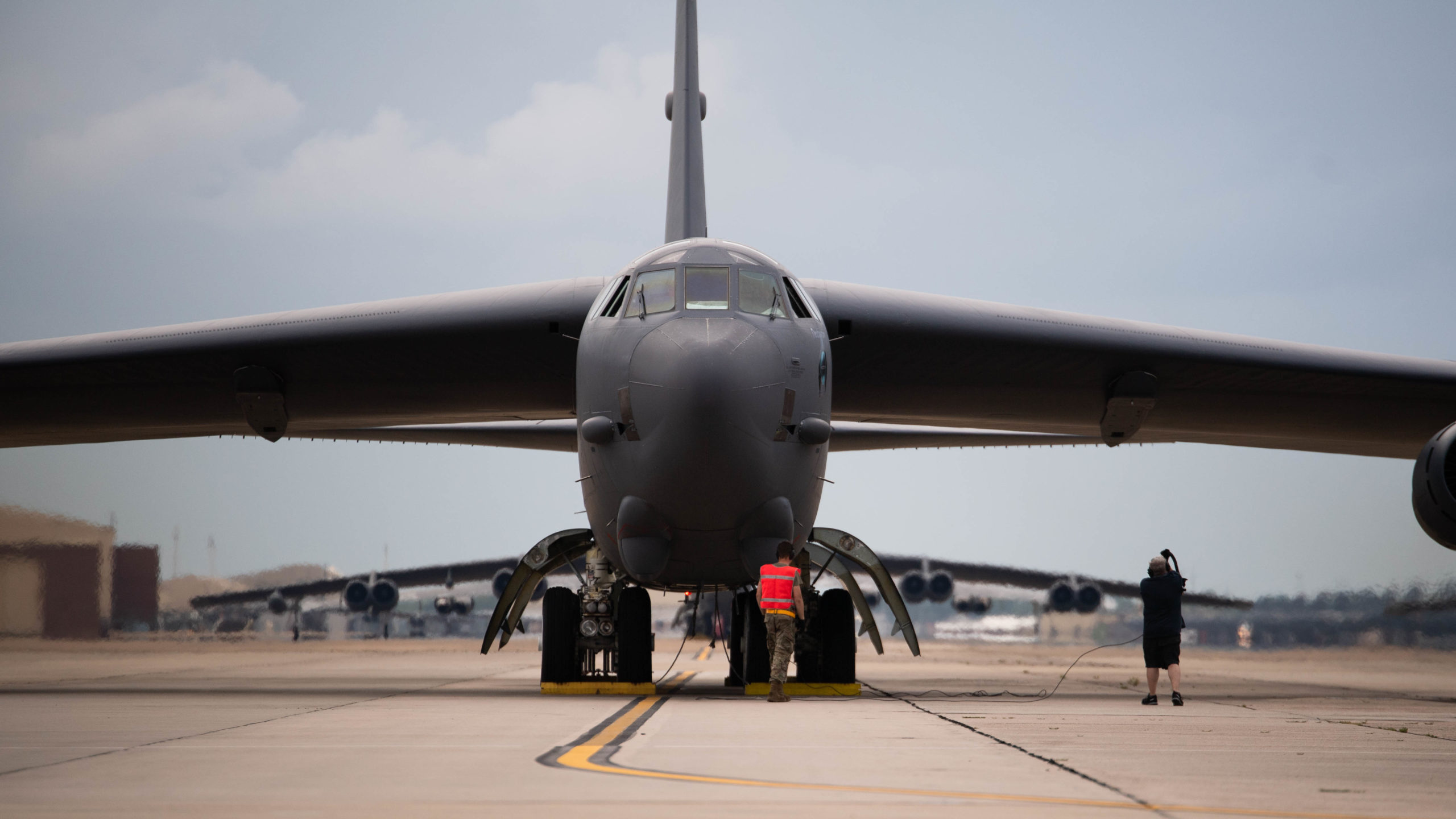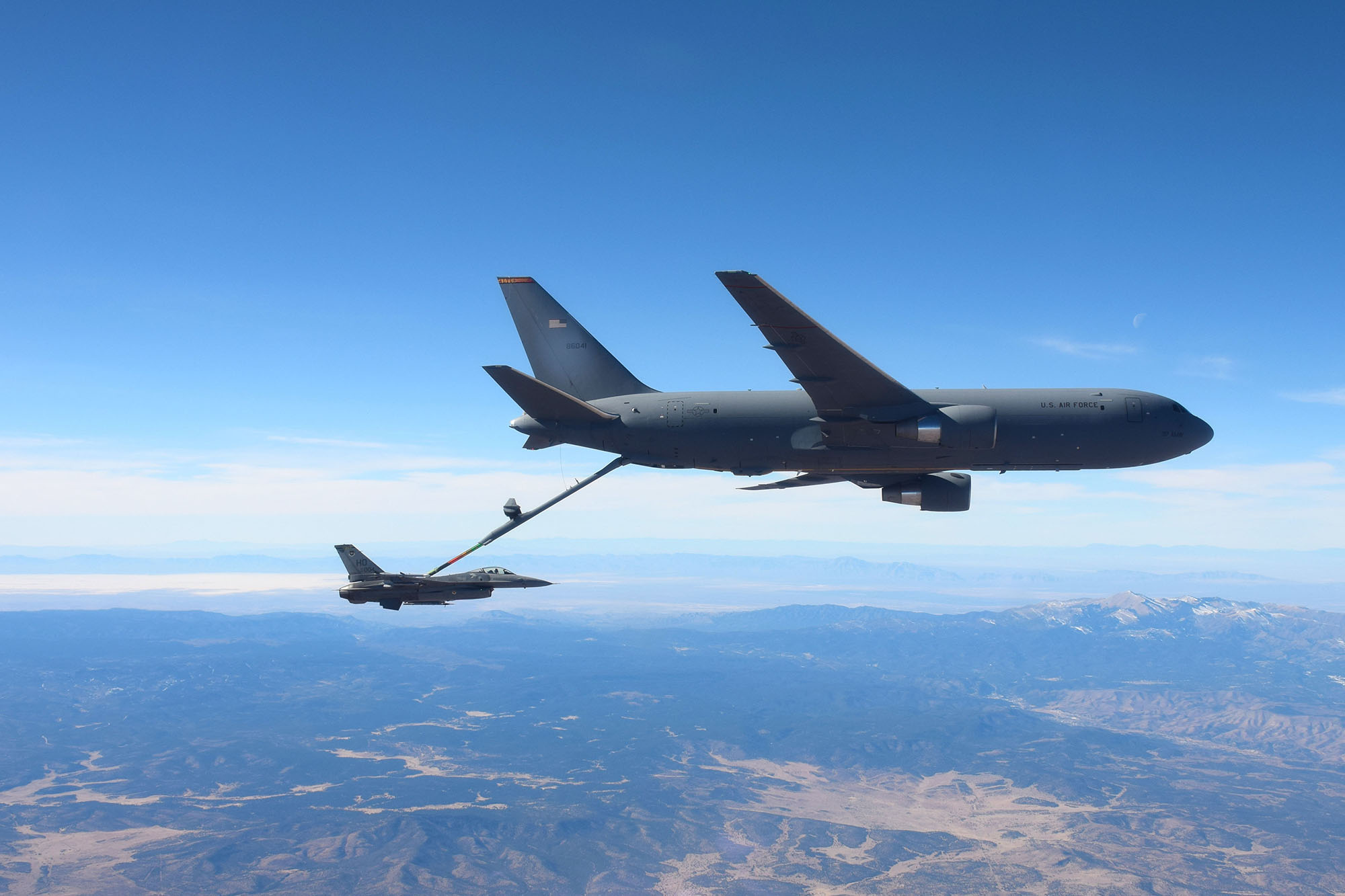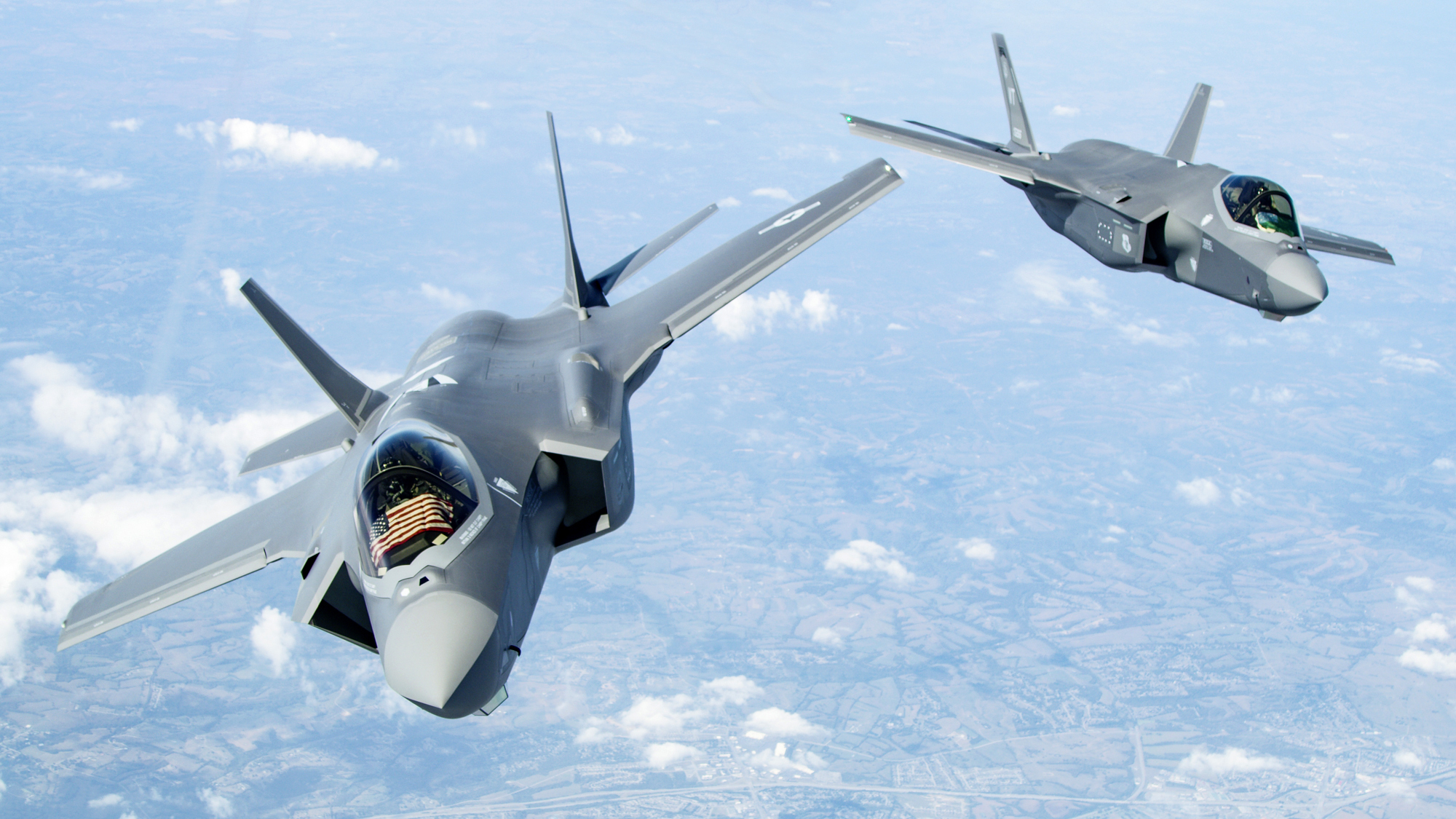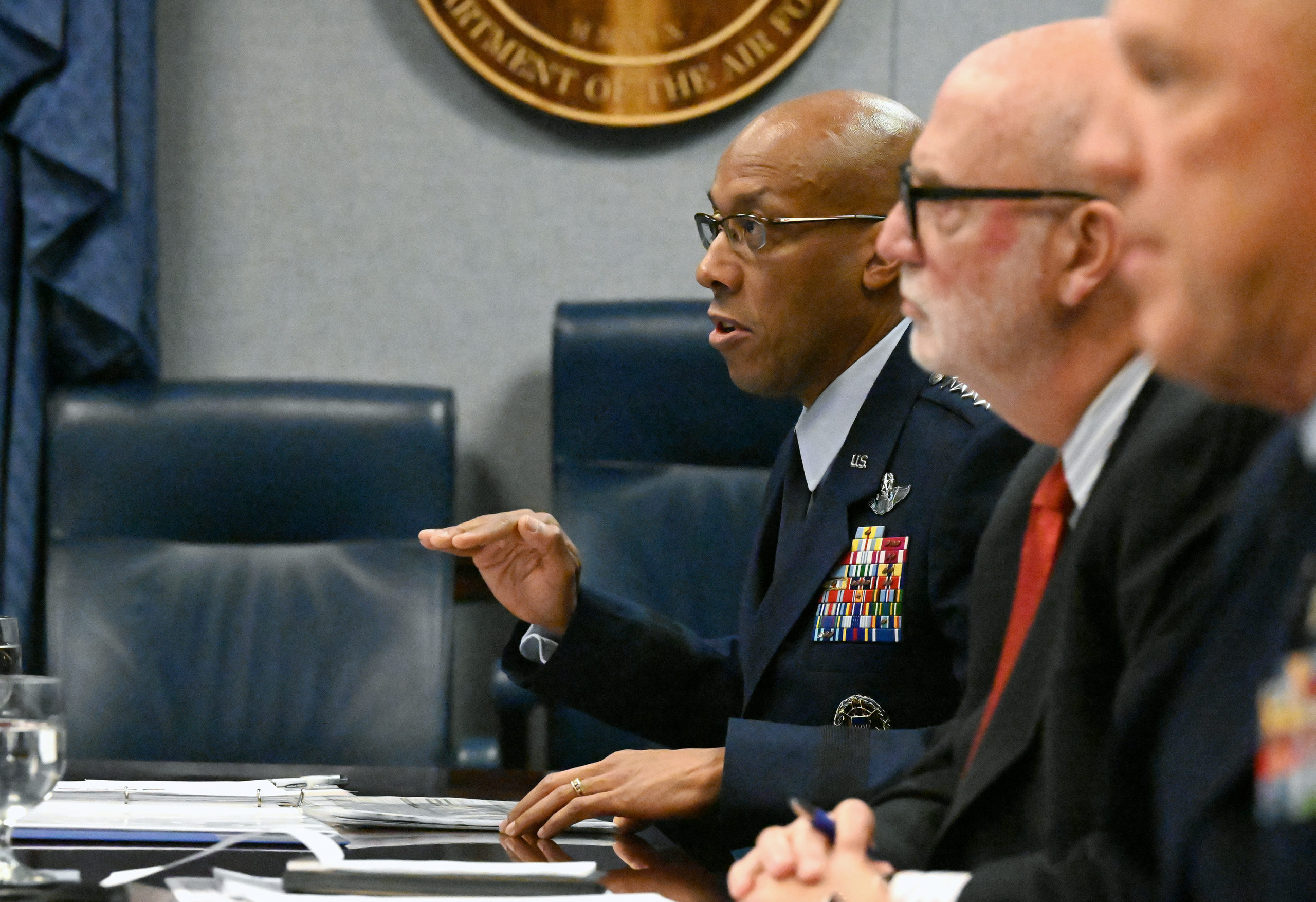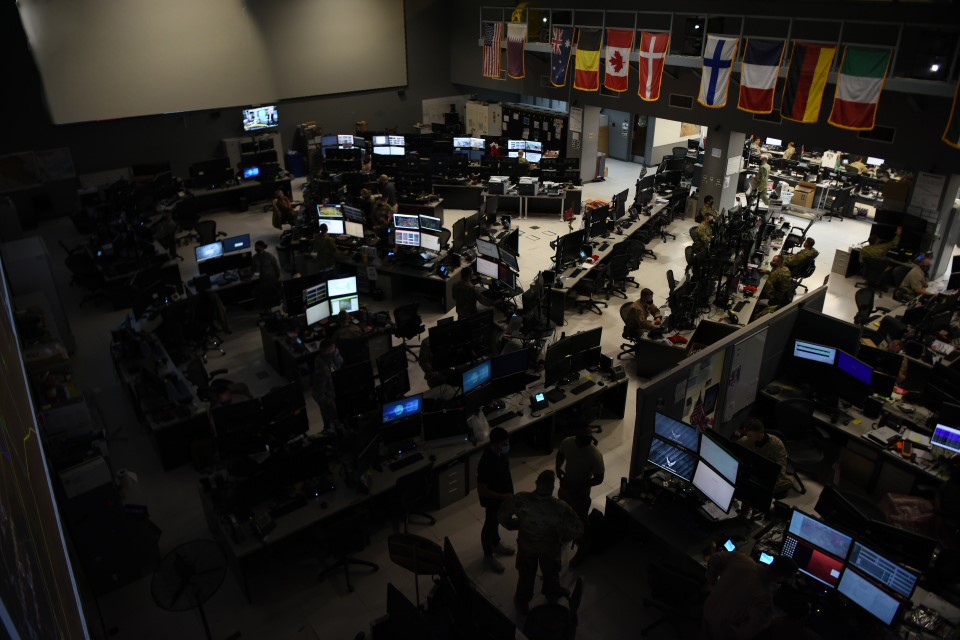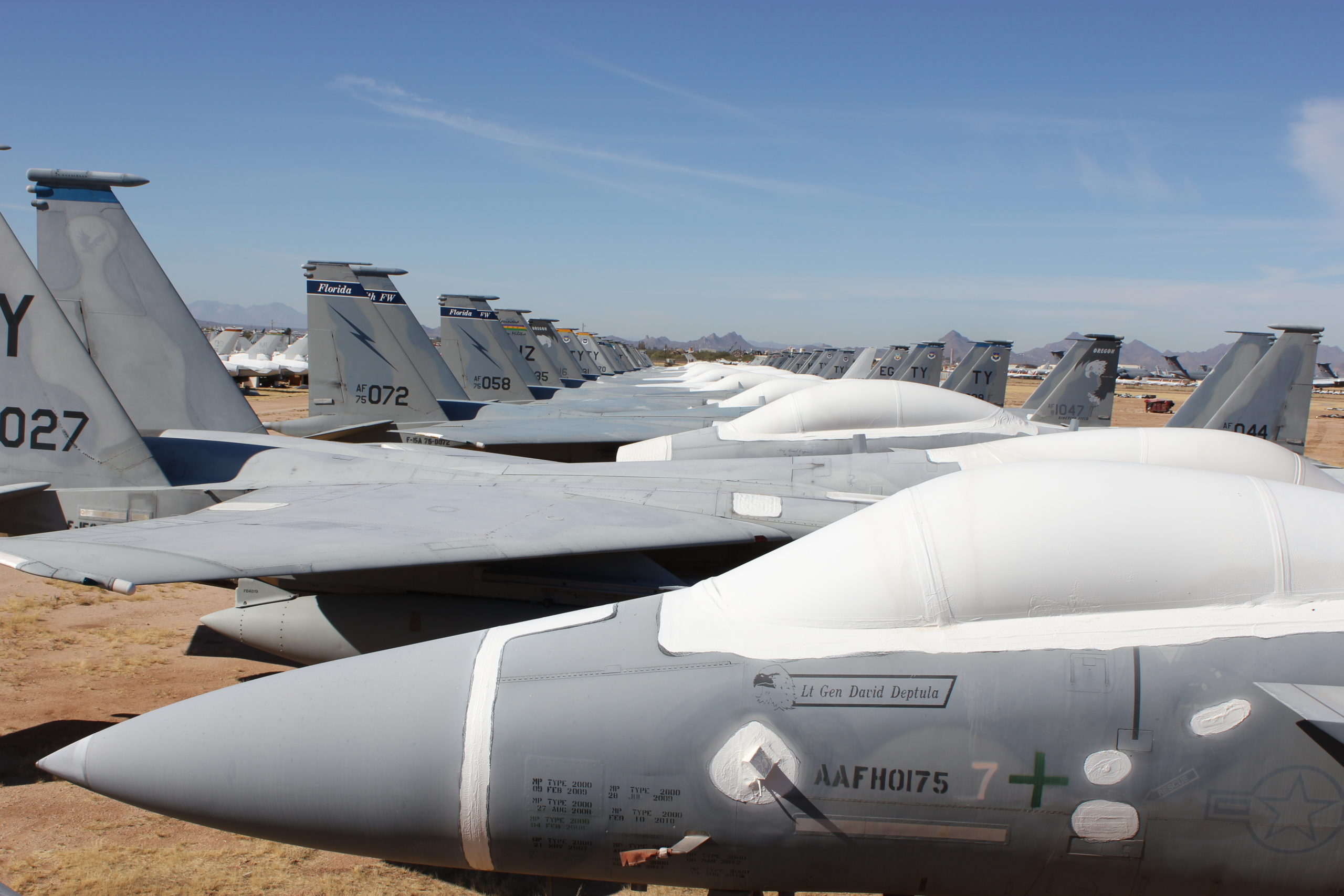U.S. Special Operations Command has awarded a total of $19.2 million to five companies for prototype demonstrations as part of the Armed Overwatch effort to buy a low-cost aircraft to fly surveillance and strikes in austere locations.
According to a May 14 award notice, the aircraft selected to proceed are:
- Leidos Inc.’s Bronco II
- MAG Aerospace’s MC-208 Guardian
- Textron Aviation Defense’s AT-6E Wolverine
- L-3 Communications Integrated Systems’ AT-802U Sky Warden
- Sierra Nevada Corp.’s MC-145B Wily Coyote.
The prototype demonstration will take place at Eglin Air Force Base, Florida, and is expected to be completed by March 2022, the notice states. If the prototype project is successful, a company could be requested to provide a proposal for a follow-on production award.
SOCOM proposed the Armed Overwatch program in the aftermath of the Air Force’s light attack experiment and plans for the selection to replace the current U-28 Draco fleet. The command wants to buy about 75 of the aircraft to fly close air support, precision strike, and special operations ISR in austere and permissive environments.
Air Force Special Operations Command boss Lt. Gen. James C. “Jim” Slife said in February that he wants procurement in fiscal 2022. “We can do that at relatively low risk based on what we’ve seen from the vendors who have indicated that they intend to bring platforms to demonstrate for us in the coming months,” he said at the time.
Congress in the fiscal 2021 defense policy bill blocked SOCOM from buying aircraft, but allowed the command to move forward for the flying demonstration.
“I think Congress is appropriately and prudently exercising their oversight role,” Slife said. “I would view this as a lower-risk enterprise than perhaps some charged with oversight do, but the fact that we see it differently doesn’t mean that they’re wrong.”
SOCOM boss Gen. Richard D. Clarke told the Senate Armed Services Committee in March that armed overwatch is needed because in “many remote areas, intelligence, surveillance, reconnaissance and close air support assets are stretched thin and come at a high cost.”
